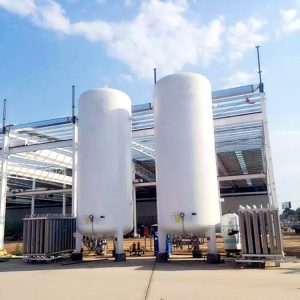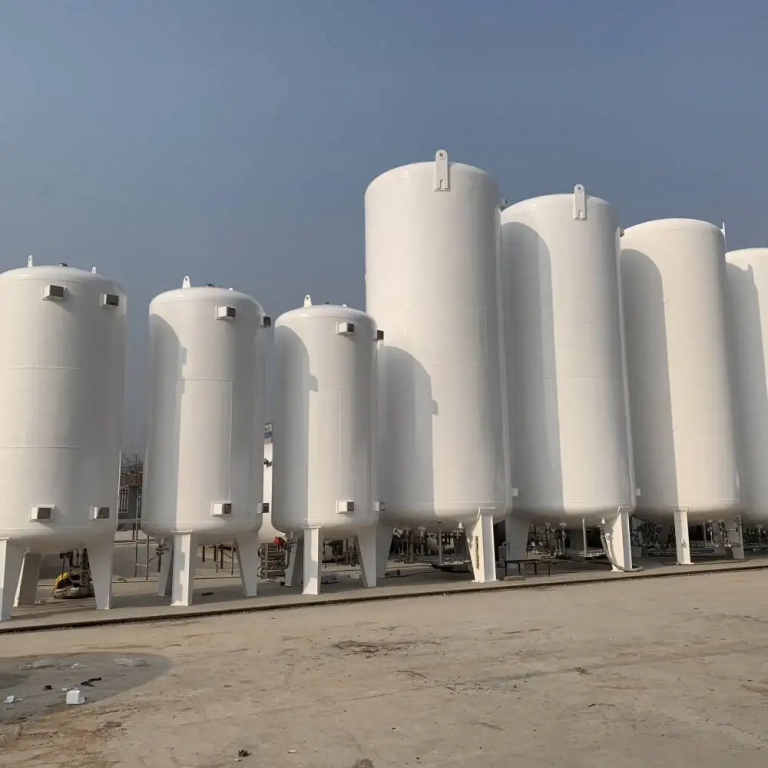Low-temperature liquid storage tanks are essential equipment for storing cryogenic liquids, widely used across various industries.Classified by storage medium, these tanks include liquid oxygen, liquid argon, liquid nitrogen, liquid carbon dioxide, and LNG natural gas tanks. Structurally, they are categorized into vertical and horizontal types.
Due to the varying properties of stored liquids, usage and maintenance requirements differ, with specific safety considerations for each. Taking liquid nitrogen as an example, key precautions are outlined below:

Cleaning Procedures
To ensure safe and effective storage, the inner tank must be cleaned periodically to prevent liquid nitrogen from corroding the tank walls. Strict adherence to safety protocols is mandatory:
- Thoroughly drain residual liquid nitrogen to avoid accidents.
- Use neutral cleaning solutions followed by water rinses, maintaining fluid temperatures below 40°C.
- After cleaning, the tank must be completely dried before reuse to prevent moisture interference.
Refilling Protocol
- Conduct a pre-fill operation to stabilize the tank’s internal temperature before bulk refilling.
- Ensure temperature compliance before initiating full-scale liquid nitrogen injection.


